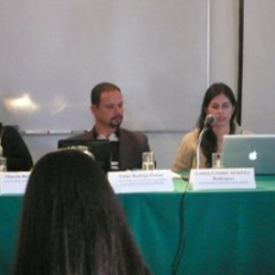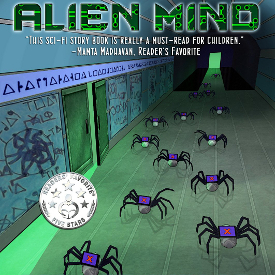Since the time of the Greeks, Libraries have played an important role in the education of society. Tiny microcosms of the very institutions they serve, whether academic, corporate, or . . . some other distinction I’ve yet to hear of, libraries have always been a forum of knowledge and discovery. It is said that the library at Alexandria had a mere 500,000 scrolls, a paltry number when compared with the number of items available through electronic media and databases. However, the library at Alexandria has become more than just the number of scrolls it contains. It’s become a symbol of scholarship and, with it’s many gardens, classrooms and lecterns, a Space for knowledge and achievement. As we move forward into this digital age, modern libraries have taken up the mantel of history and indeed expanded that horizon into realms formerly thought to be Science Fiction . . .
If Plato were alive today, and living in College Park, he’d be studying at University of Maryland’s Mckeldin Library. He’d say to me: “Come scribe, take out your wax tablet, I have some dictation for you to record.” I’d run for the Terrapin Learning Commons and check out an iPad or other mobile device available to aid students with there hi-tech needs. After listening to one of his dialogues I’d doctor his prose using any of an entire suite of Adobe products installed in Mckeldin’s work stations. Perhaps I’d even print a particularly riveting maxim with the poster printer so that Plato’s words might physically rival the enormity of their message. And I almost forgot, the 3-D printer! This little diddly uses melted plastic filament to construct objects in three dimensions from the ground up. Perhaps I’ll make a scale model of labyrinthos and discover just how easy (or how hard) it would be to escape the maze with a Minotaur chasing you. But I’ll have to hurry, Aristophanes always books it up to construct models for the stage direction of his plays!
If the gadgets at Mckeldin seem to be at odds with the classic notion we have of the way libraries are supposed to function, the space may be even more disruptive (I mean to our notion of libraries, not to studying. Shhh!!). The aforementioned Terrapin Learning Commons has been designed to be an open, collaborative space, which students can gather to work on projects and assignments. However, if you prefer studying alone, there are plenty of carrels around the stacks for use in quiet study. And yes, I said stacks. Despite ranking 10th in percentage of volumes available through electronic resources, Mckeldin library still houses some 4 million physical books (take that Alexandria). I think it’s safe to say that Mckeldin balances a somewhat classic notion of ‘library’ with the ever growing demands of technology. The next library I’ll talk about goes full throttle into the future.

James B. Hunt Jr. Library
This library might as well be the Starship Enterprise. North Carolina State has all but done away with stacks in order to provide more room for the collaborative type work spaces I mentioned above. The library houses something like 2 million volumes (slackin’ Alexandria) which cannot be accessed with out the help of a robot. Yes, a robot!!! pulls books for you. They’re quite committed to technology at NC State. Some computer labs have 270 degree viewing screens and the 3rd floor is a gaming lab. Yes, a gaming lab! With a 21ft screen that will plug into any gaming system currently available. Also, they have 80 different types of chairs (not sure how that’s relevant but I thought it was neat).
Anyway, if you you’re still thinking that libraries are still just warehouses for books you can see that, at least in the cases of UMD and NC state, libraries are pushing boldly forth where no book has gone before . . .












